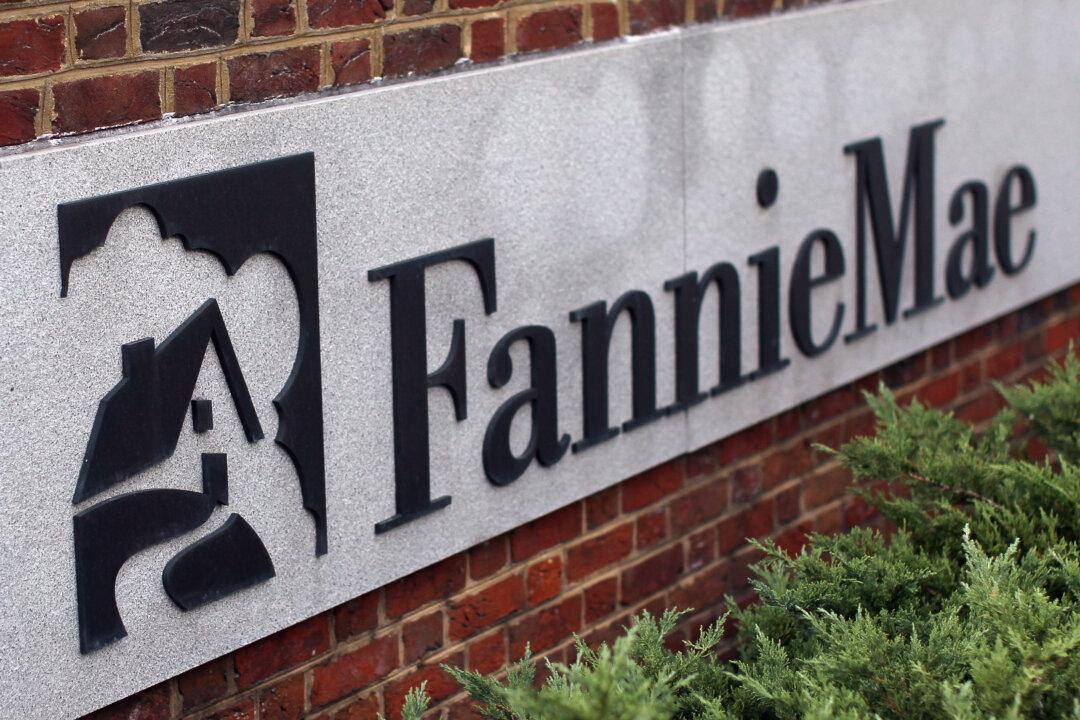Commentary
Financial fears have grown as interest rates have risen and the shadow of recession has lengthened. Most worrying is what might be termed undefined risks. Declines in stock and bond market values, although troubling, are nonetheless quantifiable and well-defined.





